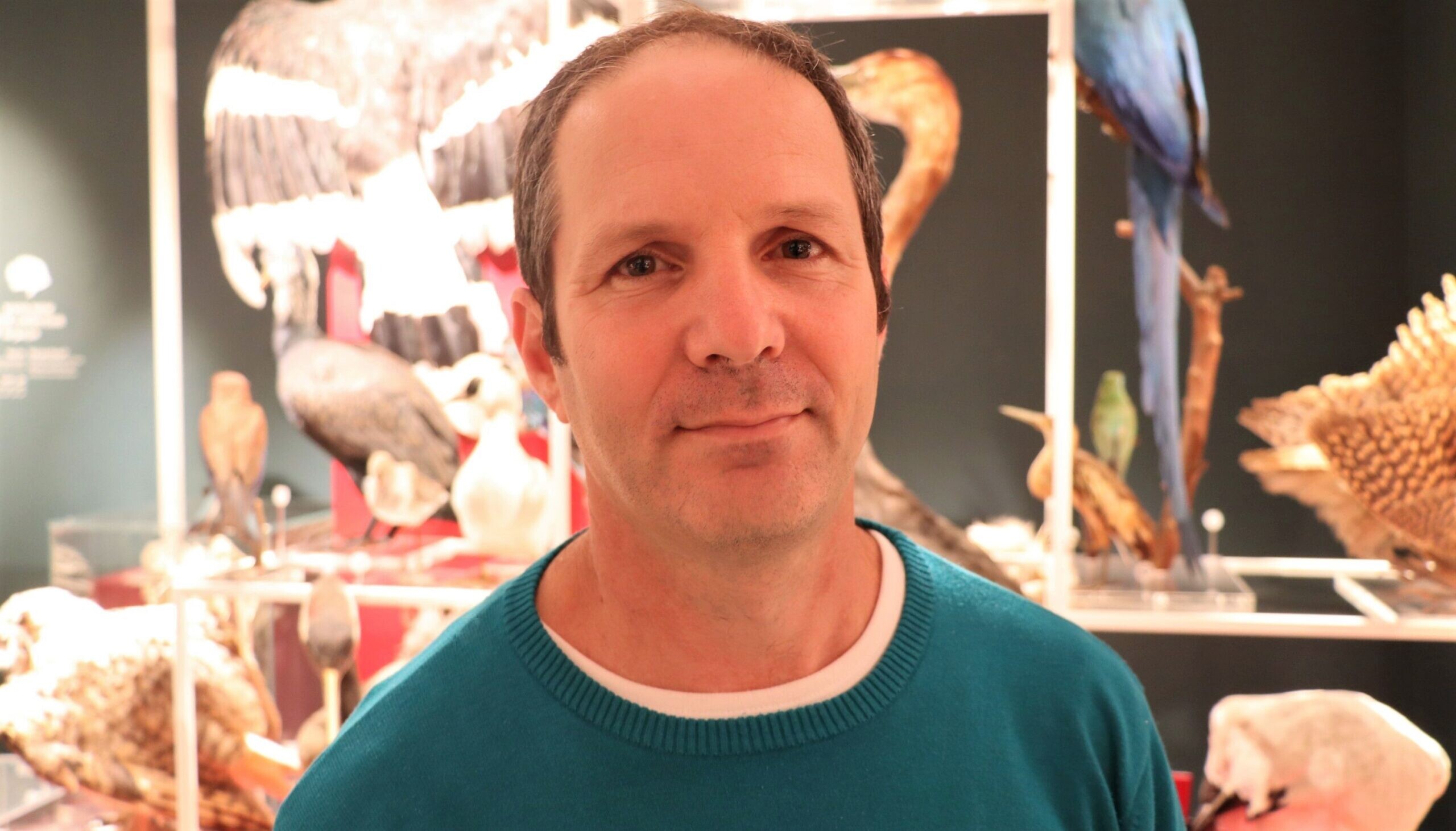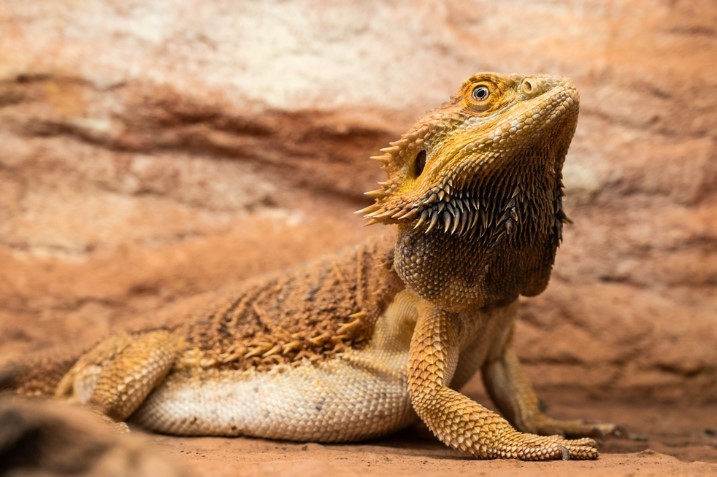Israel study shows at least 2,000 species of reptiles are threatened
(June 3, 2022 / JNS) A new international study involving researchers from Tel Aviv University and Ben-Gurion University of the Negev has found that 21{95b18eb6fc4f42efd0d92738dfc3fb79fde21da267a711ecdf0381147c27bb86} of the reptile species on Earth (one in five species), amounting to a total of about 2,000 species, are threatened with extinction.
The findings show that 30{95b18eb6fc4f42efd0d92738dfc3fb79fde21da267a711ecdf0381147c27bb86} of forest-dwelling reptiles and about 14{95b18eb6fc4f42efd0d92738dfc3fb79fde21da267a711ecdf0381147c27bb86} of those living in arid areas are threatened, and that 58{95b18eb6fc4f42efd0d92738dfc3fb79fde21da267a711ecdf0381147c27bb86} of all turtle species and 50{95b18eb6fc4f42efd0d92738dfc3fb79fde21da267a711ecdf0381147c27bb86} of all crocodile species are in danger of becoming extinct.
The researchers point out that if all of the 1,829 species of turtles, crocodiles, lizards and snakes that have been found to be threatened do become extinct in the coming years, the world will lose a cumulative wealth of 15.6 billion years of evolution.
The comprehensive study, published in the journal Nature, was conducted by the International Union for Conservation of Nature (IUCN) and included 52 researchers from around the world, including Shai Meiri of TAU’s School of Zoology, George S. Wise Faculty of Life Sciences and the Steinhardt Museum of Natural History; and Uri Roll of BGU.
The IUCN has been working on the reptile report for the past 18 years, inviting experts on this taxonomic group from all over the world to participate. In 2004, the IUCN released a comprehensive report on amphibians; a few years later, it issued reports on birds and mammals.

Professor Shai Meiri. Credit: Tel Aviv University.
“In general, the state of reptiles in the world is bad,” says Meiri. “It’s worse than that of birds and mammals, though not as bad as that of the amphibians. And, of course, there are a lot of nuances. We see that turtles are in a worse position than lizards and snakes, but that may be because we know more about turtles. Perhaps if we knew more about snakes, we would see that they, too, are in big trouble.”
Either way, he said, “the biggest threat to reptiles is the destruction of their habitats due to agriculture, deforestation and urban development, and less because of direct hunting, which mainly affects turtles and crocodiles. We created detailed maps of these threats. For example, if a particular species is highly threatened in Israel’s Arava desert but not in the rest of its habitat range that may span the entire Arabian Peninsula, then globally it is not considered a threatened species. The new assessments, for more than 10,000 species of reptiles, will allow us to understand their conservation needs and hopefully enable us to find far more intelligent solutions for them than we have been able to so far.”
Roll adds that “this is important work that forms the initial basis for risk assessment among various reptiles around the world, but is certainly not the end of the story. We still lack a lot of information about the various risks facing reptiles. For example, climate change is expected to have significant effects on reptiles. The current assessment that has just been published does not yet include these future threats in its reptile risk assessments. We still have a lot of work ahead of us.”








